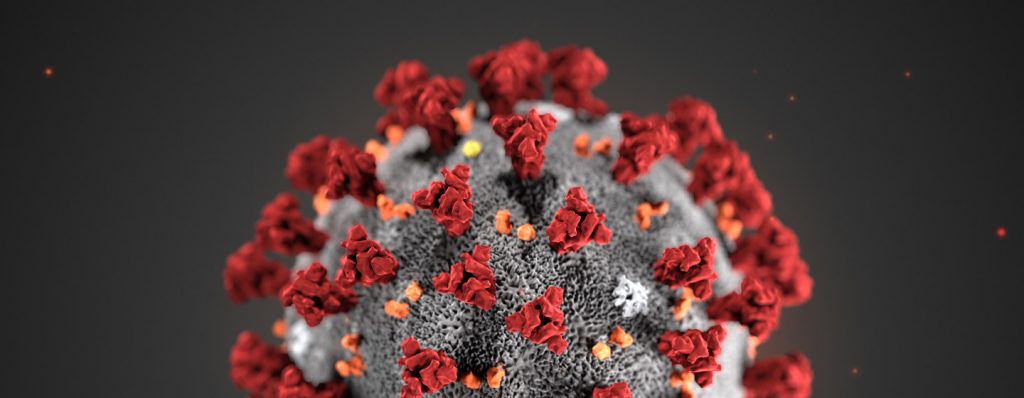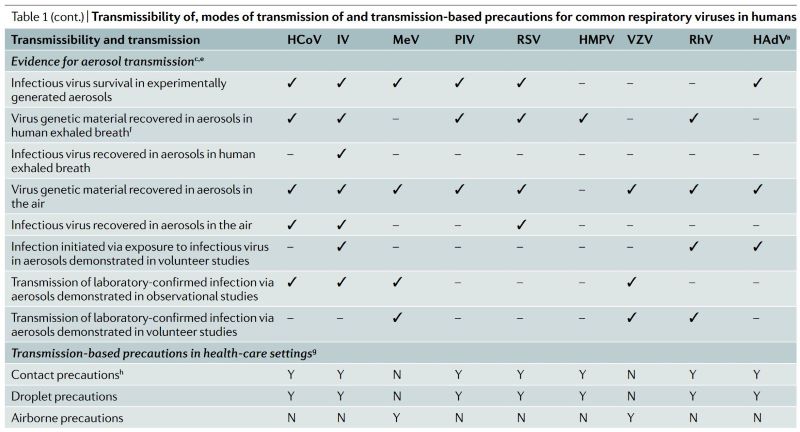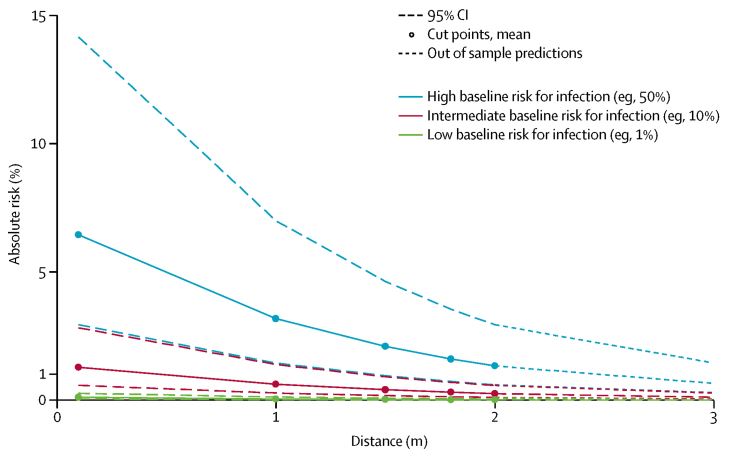Social Monitor
Social Monitor is a database of verified sources and objective information on social issues such as climate change, health crises, and violations of human rights. It aims to help the collective to clearly understand major changes in society and the world, their causes, and their consequences.
The platform allows users to search statistics and other information. Results from different sources can be grouped and compared. Each result can be further explored to its original source.
Follow on:
SCROLL
Topics
Click on a tab for more information.
COVID19
Effectiveness of health measures during pandemics

Review and indexing of scientific publications on virus spreading and on the efficiency of health measures such as the use of masks, social distancing, and lockdown.
FUNDRAISING
FUNDRAISING
CLIMATE CHANGE
Forecasts of the increase in global temperatures in the next 20 years

Review and indexing of scientific publications, governmental and non-governmental reports on simulations and forecasts of increased temperatures.
HUMAN RIGHTS
Gender, ethnic, and class inequality in entrepreneurship in Europe

Indexing of governmental and private activities to promote equality in entrepreneurship, and of studies on ethnic gender, and class discrimination in Europe.
Covid19 Center
Information on the Covid19 pandemic, including data monitors and scientific results with list of sources.
STATISTICS AND RESEARCH
How to use statistics and research?
The statistics and research statements listed in this section are summaries and excerpts from scientific publications aimed at simplifying the verification of information distributed on Covid19 and facilitating access to scientific studies. Each statement refers only to the findings of the cited publication(s), and not to the scientific community's agreement on a topic.
Scientific terms in this section
CL95% is an abbreviation for 95% confidence level, and is an interval that tells us about how certain (or uncertain) we are about the exact result of a study. When, for example, a survey is conducted for a whole country, it is unpratical to ask the whole population to fill out the survey. You will hence ask a sample of, for example, 1000 persons, representative of the whole population. A 95% Confidence Level interval A-B (with A and B two values) means that if you select each time different groups of 1000 persons, the results of the survey will lie in the interval A-B in 95% of the cases.
DOI stands for Digital Object Identifier and is a unique and never-changing string assigned to articles, books, and other works published on online journals
Preprint means that the publication has been made available to the scientific community before passing the Peer-review process required for publication in a scientific journal.
Peer-review is a system used by journals to evaluate academic work. It relies on sharing work submitted for publication with experts in the field who verify the results and provide criticisms. Only work that passes Peer-review is published in journals.
A Review is a comprehensive summary of previous research on a certain topic, with the aim of providing an overview of the results obtained so far and unanswered questions.
The review analyzes, and cites existing publications and contains no novel results.
The term Open Access, in reference to a publication, means that any person can access, read, download and distribute the publication for free, on condition that proper attribution is given to the author(s).
A publication that is not Open Access cannot be read without purchasing the publication from the publisher, even if the research was funded entirely by public funds.
|
Please note that the definitions in this section are simplified explanations. Our goal is to make the results of scientific research accessible for a broad audience. Some definitions may not adhere entirely to scientific standards.
|
The probability (upper bound) of being infected with Covid19 via airborne if two persons are at 1.5m distance, after 1h, and both wear a well-fitting FFP2 mask is
0.4%
Sources:
From the day of the first symptom, a person with mild symptoms (not hospitalized), is no longer contagious, even though may still test positive, after
8 days
Social distancing measures such as lockdowns may be more effective at low R0 but less effective at high R0.
The basic reproductive number (R0) for COVID-19 in Western Europe, is equal to
2.2
95%CL: 1.86-2.63
Sources:
The percentage of asymptomatic cases out of all positive test cases in a scenario where people are not wearing masks is circa
18%
Sources:
The percentage of asymptomatic cases out of all positive test cases in a scenario where people are wearing masks is circa
81%
Sources:
Viral load of symptomatic patients with at least one comorbidity (i.e., hypertension, diabetes, malignancy, chronic pulmonary disease) is significantly lower than patients with no comorbidity.
Sources:
When compared to a symptomatic household member infected with Covid19, the probability of a asymptomatic household member to infect another haushold member is
69.6% lower
95%CL: 33.7-88.1%
Among respondents aged 50+ to a survey in Latvia, the percentage who reported to have felt the impact of the Covid-19 crisis on their mental health is almost
20%
All RealTime-PCR tests to detect SARS-Cov-2 virus in air in indoor environments (one train station, one commercial centre, two supermarkets, one canteen, one hair salon, and one pharmacy) in Italy during the peak of second wave reported negative.
Sources:
Compared with wearing medical or surgical masks, wearing N95/P2 respirators probably makes little to no difference in how many people have confirmed flu (5 studies; 8407 people); and may make little to no difference in how many people catch a flu-like illness (5 studies; 8407 people) or respiratory illness (3 studies; 7799 people).
Sources:
Masks that are not tightly sealed to the face provide little to no protection from aerosol exposure.
Evidence for aerosol transmission for common respiratory viruses in humans
Change in relative risk of being infected with Covid19 with increasing distance from an infected individual
Droplets emitted during sneezing and coughing, under conditions of high humidity (90%) and due to turbulence effects, can have an evaporation time much higher than classical estimates, up to
166
times longer
Cleaning and disinfection of surfaces has effects in reducing the spread of bacteria (e.g. gastrointestinal diseases) but does not appear to have any effect on the transmission of respiratory viruses.
A person who speaks (with the exception of superemitters) emits, depending on the intensity of the voice and related to particles of 1 μm on average, from
1 to 50 particles/s
(0.03 to 3 particles/cm3)
Sources:
Extending previous 6-month durability data, levels of anti-RBD antibodies were observed in unvaccinated adults after a positive COVID-19 test result up to
20 months
Sources:
The efficacy of a single dose of Jannsen vaccine (Ad26.COV2.S), at least 28 days after administration and against moderate to severe-critical Covid-19, is
52.9%
95%CL: 47.1-58.1
Sources:
Social Monitor is supported via crowdfunding, to ensure it stays independent and unbiased.
We use crowdfunding to develop new functionalities by following the feedbacks of users and supportes, to make the platform easier to use and to ensure we help the public validate and understand information in the most transparent and easy way.
Functionalities that will be implemented if next campaign is successful
|
Each source listed in a statement or statistic displays the exact citation and details of the context of observation or experiment.
Each statement or statistic can be cited (for example, in discussions in social media or for fact-checking) using short URL.
Develop a search engine, to quickly search and reach statements and statistics.
Show the list of all results for each publication.
Improved graphics and visualization.
|
If the campaign exceeds the target, the following features will also be developed
|
Similar results from papers can be compared, as well as contexts can be compared to understand why results may differ.
Structure topics and organize statements and statistics by topic.
Realize maps of dependencies (for example, aerosol transmission depends on fluid dynamics of aerosols, effectiveness of masks, infectivity, etc.).
|
Any feedback or suggestion to improve the platform is appreciated.
Provide feedback
VISUALIZATIONS
Source:
doi: 10.1136/bmj-2021-065312
MONITORS
How to use the monitors?
Monitors are web applications that display data provided in real time or storaged from certain sources. The goal of monitors is to visualize the trend of certain quantities over time to understand the evolution of the pandemic.
How to read the monitors in this section
|
Daily new confirmed cases
The number of confirmed cases is the number of cases confirmed by a positive test result. It may be much lower than the actual number of positive cases depending on what situations the tests are performed in; for example, if only symptomatic individuals are tested or if solely for access to specific services.
|
|
Daily new confirmed deaths
The number of confirmed deaths is the number of deaths in which Covid19 has been confirmed by a positive test result. It may be much lower than the actual number depending on what scheme of attribution is used (e.g., whether death is due to Covid19 or only in the presence of a positive test), how many tests are performed, and data reliability.
|
|
Excess mortality
The excess mortality is the percentage difference between deaths recorded in a week and the average deaths recorded in previous years. This quantity is usually reliable because it is derived from population records, but it does not distinguish between different causes of death and is hence more difficult to analyze.
|
Source:
Our World in Data. Data are relative to population.
Source:
Our World in Data. Data are relative to population.
Source: Our World in Data
Source: Our World in Data
Source: Our World in Data. Data are relative to population.
Source: Our World in Data. Data are relative to population.
Source: Our World in Data
Source: Our World in Data
Our Research
Provide your opinion and personal experience to help us reach an objective understanding on social issues.
SURVEY
Transparency, reliability, and ease in navigating Covid-19 data
Time required: 5 minutes
About Social Monitor
The platform is designed to help everyone reach an unbiased, consistent, and verifiable answer to each question they may have.
Consistency
Each topic is based on the analysis of a consistent number of sources including scientific publications, governmental and private reports, surveys and other sources.
Transparency
The platform makes use of infographics to facilitate the navigation, while transparently informing on both the achievements and the limitations of each source.
Non-Profit and Free
The platform is either funded by us, by the public through crowdfunding, or by private entities and foundations. All data is published Open Access, and is free for everyone.
Peer-Reviewed
Each topic is reviewed in collaboration with top-leading researchers and institutions and is peer-reviewed to ensure the reliability and consistency of the results.
Frequently Asked Questions
We have collected information to answer as many questions you may have about us and Social Monitor.
Social Monitor is a database of objective and unbiased information from verified sources on social issues such as climate change, health crisis, and violations of human rights. It aims to provide everyone with access to verified information and the tools to learn how to validate data in full transparency. We do believe this would be valuable to strengthen a constructive democratic debate and help everyone understand the consequences of our actions as a society.
No, Goldmarck is not a Non-Profit company. We do believe that full transparency is the way forward for both Profit and Non-Profit organisations to build trust with customers and the public. We do not collect and sell navigation data. We do not use advertising or biasing statements in any of our activities, and we use fixed metrics to evaluate prices and compensations to ensure each revenue stream is transparent. However, we do take into consideration opening a Non-Profit organisation to support our future activities that will benefit the public.
We fund Social Monitor mainly by crowdfunding, as we believe it is the most democratic form of financial support for social projects, and it ensures that our work is free from any commercial third-party interest and is provided by the community for the community. As we may not always be able to reach our targets by crowdfunding, we also personally fund the program, and reach out to foundations. In very limited cases we rely on sponsorships, as the use of sponsors may reduce the trust appraisal on how unbiased and independent our work is.
Yes, Social Monitor is Non-Profit. We make no revenue out of this project. The funds are spent solely on the development of the technology, on the management of the program, and on the process of reviewing and indexing the publications for each topic. The platform can be accessed for free by everyone and it contains no advertising, nor does it collect or sell user navigation data. Note however, that the technology is developed as part of Goldmarck’s infrastructure.
We believe that trust can be built on the basis of full transparency, as well as proven integrity. May you have any doubt regarding the way we use the funds we raise, or the reason at the basis of Social Monitor, we kindly ask you to ask us. Each topic is moreover reviewed by two volunteer Committees. The Peer-Review Committee is in charge of certifying that our work is done professionally. The Transparency Committee is in charge of checking how funds are spent on each topic, and that no revenue is made out of the project. Any funder is entitled to be in the Transparency Committee.
We do review and index scientific publications, governmental and non-governmental reports, as well as private and commercial reports. In all cases sources need to be verified sources, in the sense that they present data collected through commonly-agreed and professional methodologies. All data have to be published and transparently accessibile in the source. Note that commercial publications may be accessible on the publisher’s website only via payment of a fee.
|
About
|
Find a service
|



